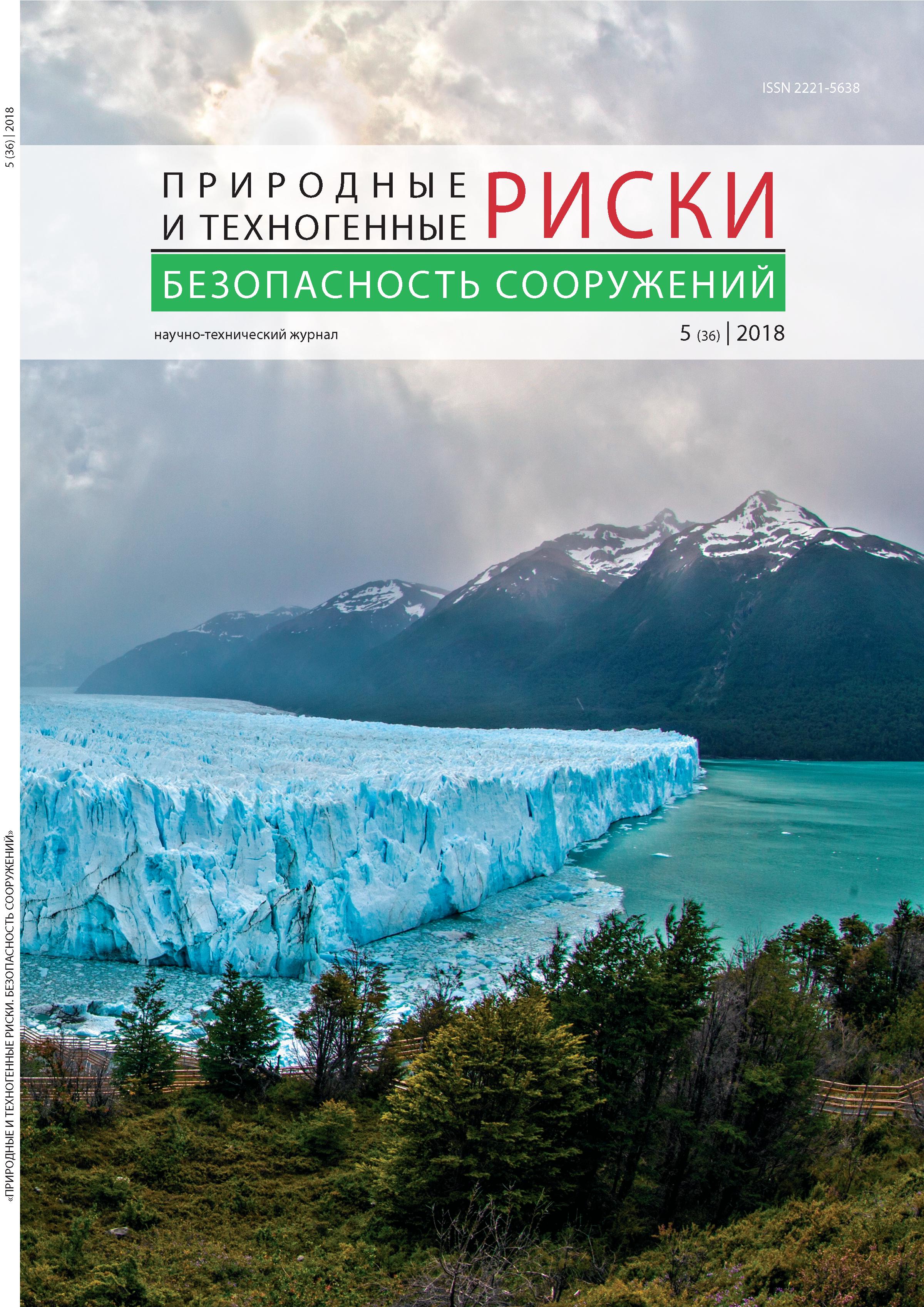Technical regulation and development of design codes
The development of the macroseismic scale intensity of earthquakes
Authors: Dorofeev V.M.
Key words: macro-seismic scale, earthquake intensity, earthquake-resistant construction
The article deals with the development of earthquake intensity scale suitable for use in earthquake-resistant construction for the design of buildings and structures. In modern cities, the use of the characteristics of the MSK-64 scale for the purpose of earthquake intensity is extremely difficult or impossible. The problems reflecting the real seismic stability of a building or structure at the time of an earthquake are considered.
Theoretical and experimental studies
experimental dynamic properties of the 11-storey building of the kub-2,5 series
Authors: Bazarov A.D., Lundenbazar B., Barannikov V.G.
Key words: microdynamic method, shear waves, KUB-2,5.
The paper presents the results of an engineering seismic survey of an 11‑storey building of the KUB 2,5 series built on a construction site with 8‑point seismicity. The modal microdynamic method obtained actual dynamic characteristics: the frequency and shape of the oscillations; attenuation coefficients; coefficient of tendril; velocity of propagation of shear waves.
Design, construction and reconstruction of eq-resistant buildings and structures
Technology dynamic control masonry structures in the earthquake - development and application, my experience
Authors: Petraskovic Z.
Key words: architectural heritage, devices, security of objects, earthquake
The philosophy of erection of reliable, safe and durable structures, different types of mass masonry objects under the name of System DC 90 is based
on the use of special steel bracings and devices. It provides, firstly, the integrity of the construction itself achieved by the system of metal hysteresis
expansion joints (compensators) and vertical and horizontal bracings; secondly, the stability of vertical (walls) and horizontal (floor) constructional
elements subjected to the seismic loads achieved by the bracings and connectors with hysteresis dampers. System DC 90 provides the controlled
structural integrity. The eventual earthquake may provoke the emergence of minor cracks and fissures, but the structural integrity and stability of
the object remain unchanged for the permissible number of pre-calculated seismic loadings. System DC 90 places great emphasis on the theoretical
development of material low-cycle fatigue research as well as on device and connections innovations and studies on issues of material durability and
ageing. The obtained results, methodology of numeric modelling and the examples of practical application contribute to further studies on interactive
development and technology transfer.
Prediction and evaluation of seismic effects
Assessment of force and frequency of the maximum earthquake (on the example of conditions of preparation and manifestation of the altai earthquake of 2003)
Authors: Bugaev E.G.
Key words: crust, model, resilient limit, deformation speed, magnitude, probability assessment, seismic hazard
At assessment of seismic danger of one of the main problems accounting of nonlinearity of the schedule of repeatability of magnitudes and its restriction in the field of rare seismic events is. Assessment of force and repeatability of the maximum earthquake of the area is executed on the basis of the uniform model reflecting discrete properties of crust and allowing taking into account the scale of the area, conditions of deformation and the nature of destruction and the available seismotectonic prerequisites to predict limits of change of schedules of repeatability. On the example of the analysis of conditions of preparation and manifestation of the Altai earthquake of 2003 assessment of long-term and current seismic danger is carried out. The reliability of the received results is controlled by the available seismological data. The accepted technique allows to formalize identification of the place, assessment of magnitude and frequency of the maximum earthquakes and also determination of long-term and current seismic danger.


